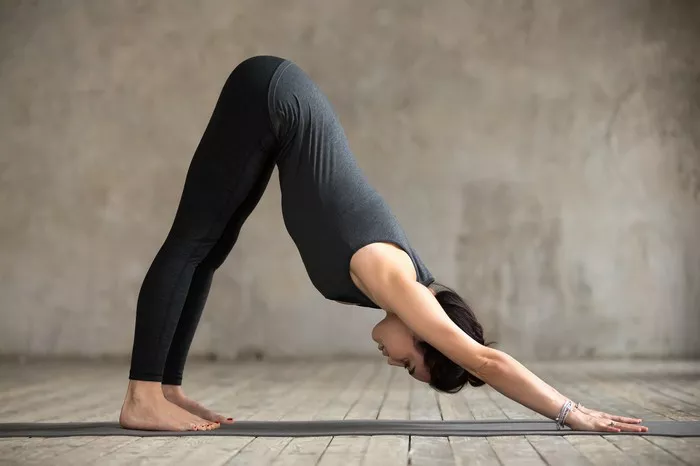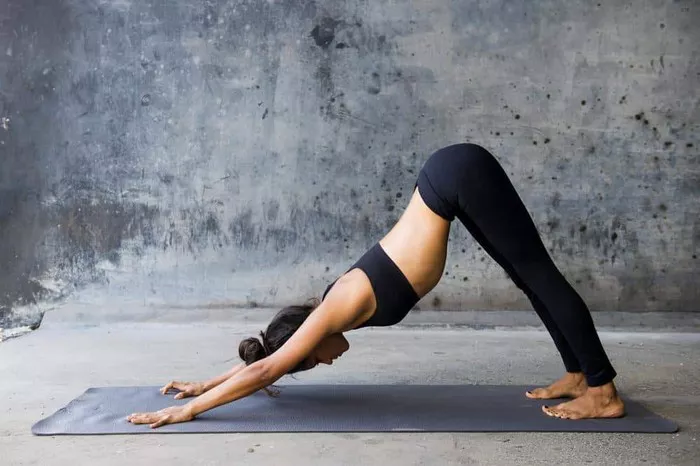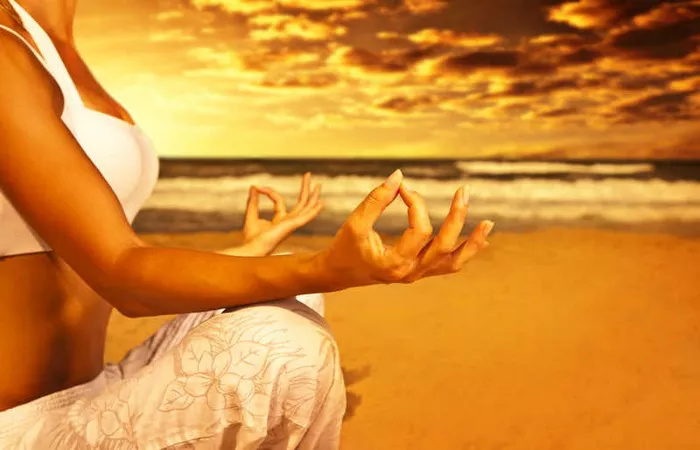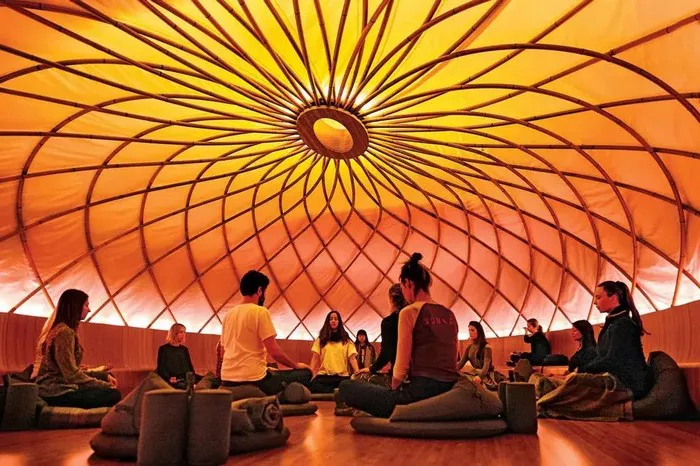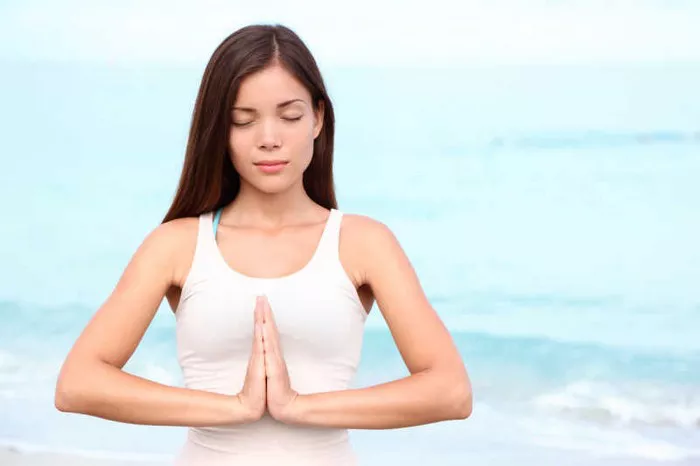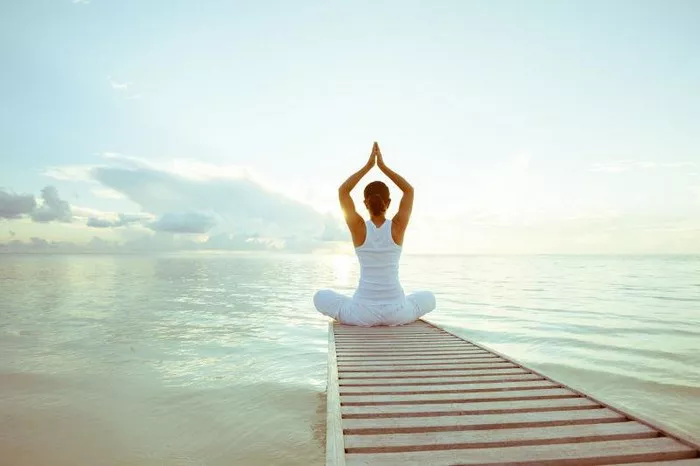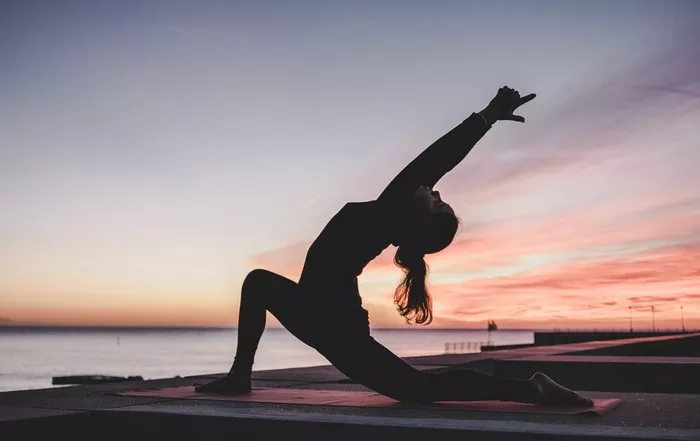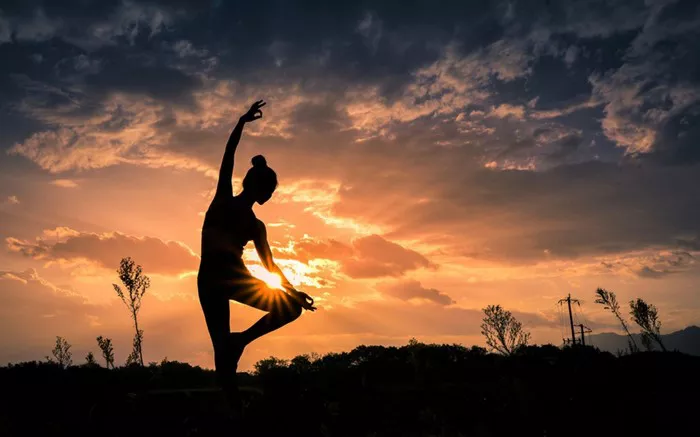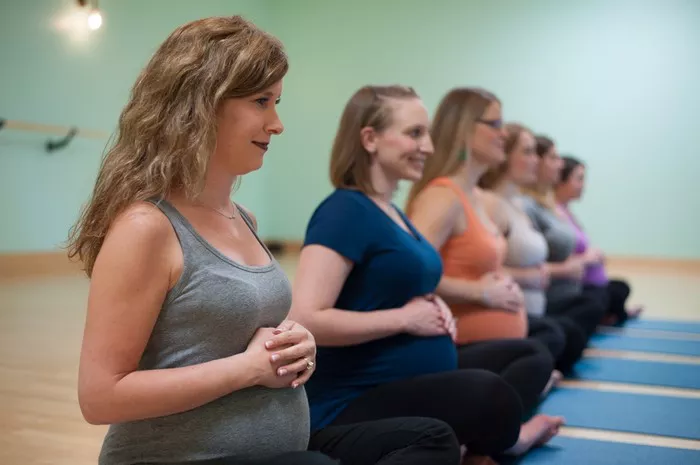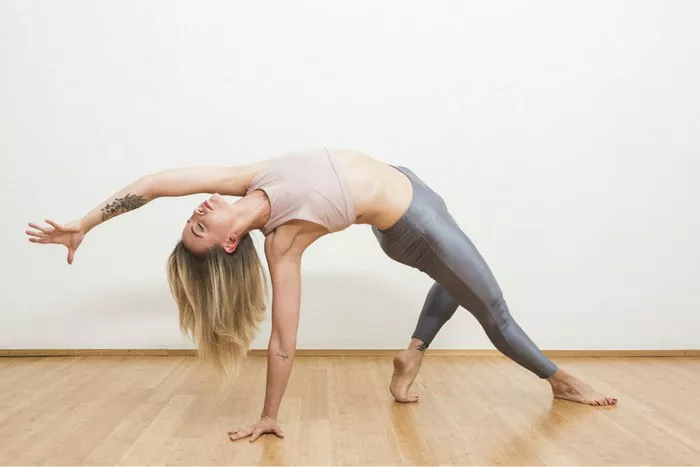Yoga has a history that spans thousands of years, and among its many branches, Hatha Yoga stands as one of the most well-known and widely practiced forms. But what era does Hatha Yoga truly belong to? Is it an ancient practice, a medieval development, or a modern phenomenon? To answer this question, we must explore the historical roots, evolution, and contemporary significance of Hatha Yoga.
Origins of Hatha Yoga
Hatha Yoga emerged during the medieval period in India, around the 11th to 15th centuries CE. However, its foundations can be traced back even further to the broader traditions of yoga that date back thousands of years. The word “Hatha” is derived from Sanskrit, where “Ha” means sun and “Tha” means moon, symbolizing balance and the union of opposites.
Before Hatha Yoga was formally systematized, earlier yogic traditions primarily focused on meditation, spiritual enlightenment, and philosophical discourse. The Vedic Period (1500–500 BCE) laid the foundation of yogic thought through sacred texts like the Rigveda and Upanishads. Later, Classical Yoga, as codified by Patanjali in the Yoga Sutras (circa 200 BCE – 400 CE), emphasized the eightfold path (Ashtanga), which included ethical precepts, breath control (pranayama), and meditation.
However, Hatha Yoga introduced a more body-centric approach, incorporating physical postures (asanas), breath control, and purification techniques (Shatkarmas). The practice was formalized in key medieval texts such as the Hatha Yoga Pradipika (15th century CE), the Gheranda Samhita (17th century CE), and the Shiva Samhita (14th-17th century CE).
Hatha Yoga in the Medieval Era
Hatha Yoga was closely linked to the Nath tradition, particularly to sages like Matsyendranath and Gorakshanath, who emphasized the physical discipline necessary for attaining higher states of consciousness. Unlike earlier yogic traditions that prioritized renunciation and meditation, Hatha Yoga introduced practical methods to prepare the body and mind for deeper spiritual experiences.
The medieval Hatha Yoga texts outlined six purification techniques (Shatkarmas) designed to cleanse the body, balance energies, and prepare the practitioner for deeper meditation. These texts also described asanas, pranayama (breath control), bandhas (energy locks), and mudras (gestures) that helped harness and direct prana (vital energy) within the body.
During this period, Hatha Yoga was primarily practiced by ascetics and monks who sought enlightenment through rigorous discipline. It remained an esoteric practice, largely inaccessible to the general public.
The Colonial and Modern Revival of Hatha Yoga
With the advent of British colonial rule in India (18th–20th centuries), many traditional Indian practices, including yoga, saw a decline. However, the late 19th and early 20th centuries witnessed a revival of interest in yoga, thanks to influential figures like Swami Vivekananda and Swami Sivananda, who reintroduced yogic teachings to both Indian and Western audiences.
A major turning point for Hatha Yoga came in the 20th century when Tirumalai Krishnamacharya (1888–1989), often referred to as the “father of modern yoga,” incorporated elements of physical culture and gymnastics into Hatha Yoga. His students, including B.K.S. Iyengar, Pattabhi Jois, and Indra Devi, played key roles in popularizing yoga across the world.
Krishnamacharya’s teachings laid the foundation for contemporary Hatha Yoga styles such as Iyengar Yoga, Ashtanga Yoga, and Vinyasa Yoga, which emphasize precise alignment, structured sequences, and dynamic movement combined with breathwork.
Hatha Yoga in the 21st Century
Today, Hatha Yoga has evolved into a global phenomenon. While it retains its historical roots, modern Hatha Yoga has adapted to contemporary needs, focusing on physical health, stress reduction, and holistic well-being. Unlike its medieval predecessors, which were deeply spiritual and ascetic, modern Hatha Yoga is widely accessible and often practiced for fitness, relaxation, and mental clarity.
Various styles of Hatha Yoga have emerged, catering to different levels of practitioners. Some styles, like Restorative Yoga and Yin Yoga, emphasize deep relaxation and passive stretching, while others, like Power Yoga, integrate more vigorous movements.
Scientific studies have also validated the benefits of Hatha Yoga, demonstrating its positive effects on flexibility, strength, cardiovascular health, and mental well-being. As a result, yoga has been incorporated into healthcare, therapy, and corporate wellness programs worldwide.
Conclusion
Hatha Yoga, though formally emerging in the medieval period, transcends any single historical era. It is a living tradition that has evolved over centuries, adapting to the needs of each time period. From its esoteric roots in the Nath tradition to its modern-day global appeal, Hatha Yoga continues to bridge the ancient and the contemporary.
Thus, rather than belonging to a single era, Hatha Yoga spans multiple time periods—rooted in ancient wisdom, developed during the medieval period, revived in the modern age, and continually evolving in the 21st century. Its journey reflects the timeless pursuit of balance, health, and self-awareness, making it as relevant today as it was centuries ago.
Whether practiced for spiritual enlightenment or physical well-being, Hatha Yoga remains a testament to the enduring power of yoga as a whole—a discipline that transcends generations and continues to guide millions toward a more harmonious life.
Related Topics:

